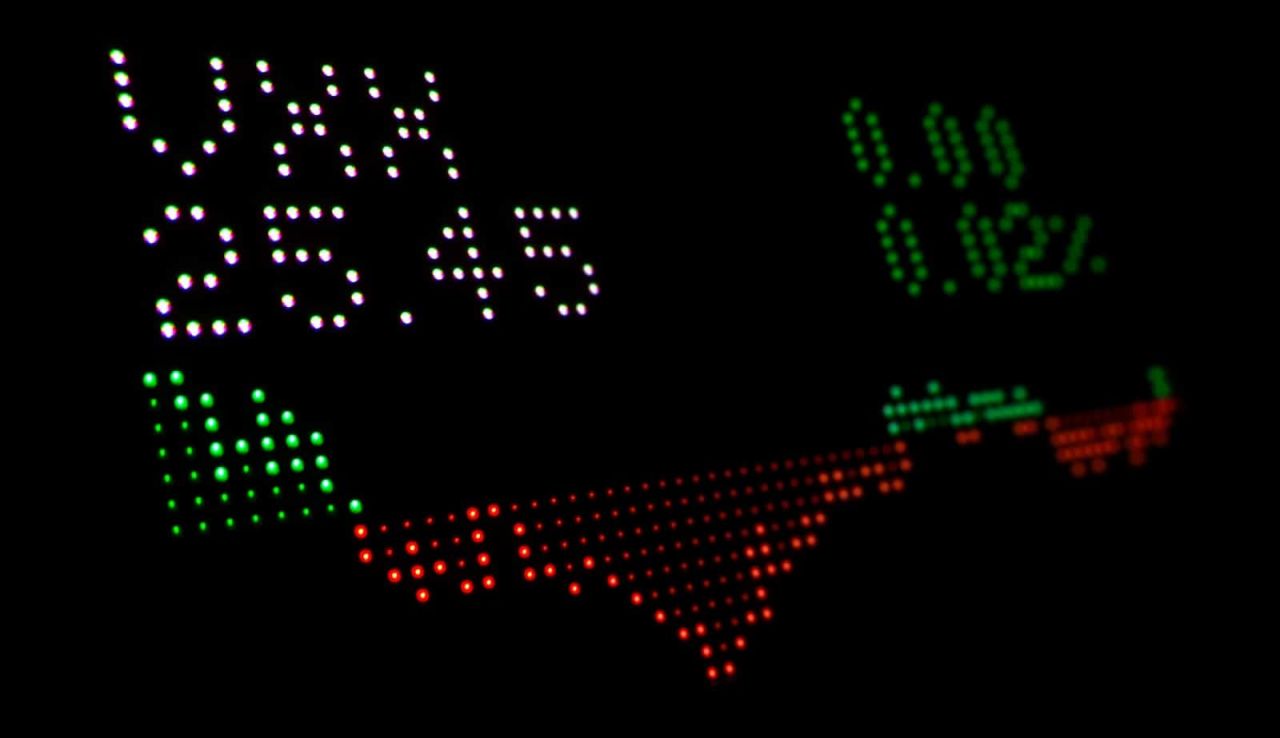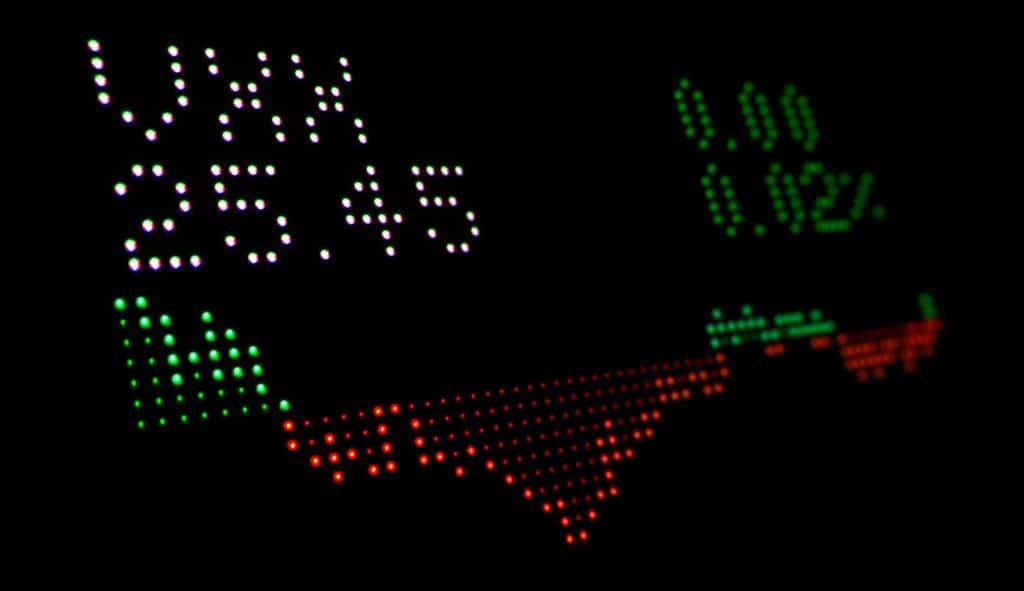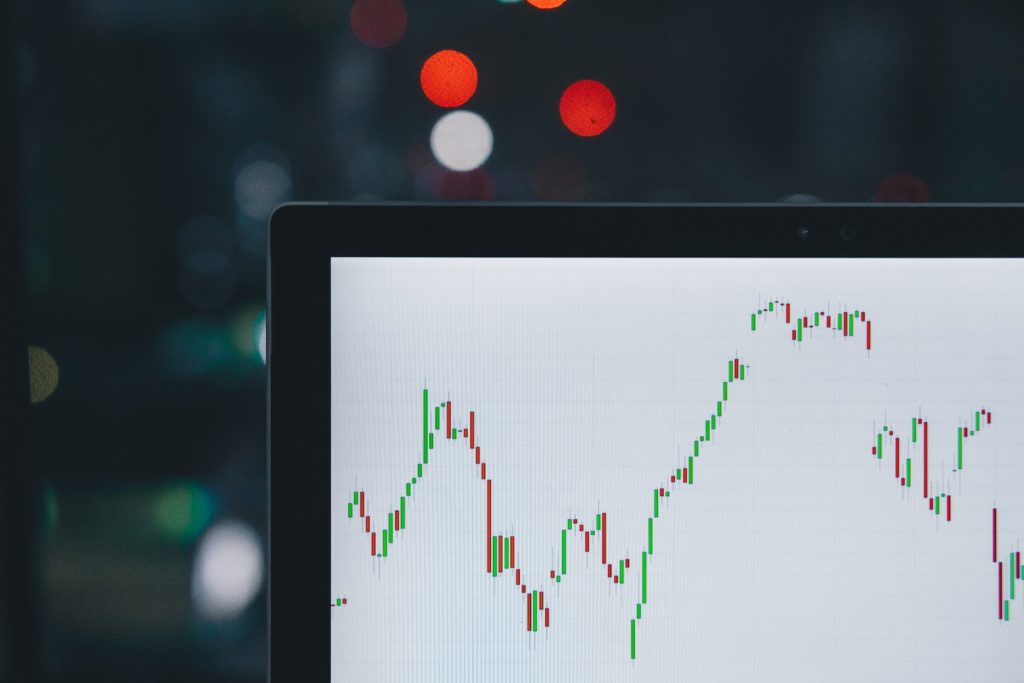The ETF Imperative: Where They Fit Now In Your Client Portfolios

The ETF Imperative: Where They Fit Now In Your Client Portfolios
The global economy is in a period of great flux right now. Markets are more volatile than ever, and traditional investment vehicles are no longer providing the stability they once did. In this environment, Exchange Traded Funds (ETFs) have become an increasingly important part of many investors’ portfolios.
What are exchange-traded funds and what is the difference with mutual funds?
Exchange-traded funds (ETFs) are investment vehicles that allow investors to buy into a collection of assets, such as stocks, bonds, or commodities, all at once. ETFs are similar to mutual funds in that they offer investors a way to pool their money together and invest in a variety of assets.
The main difference between ETFs and mutual funds is that ETFs are traded on exchanges, just like stocks. This means that ETFs can be bought and sold throughout the day, just like other stocks. Mutual funds, on the other hand, can only be bought or sold at the end of the day when they are priced based on the net asset value of the fund’s holdings.
This difference in trading style means that ETFs can be more volatile than mutual funds. But it also allows ETF investors to take advantage of price swings throughout the day, which can sometimes lead to greater profits.
There are a variety of different types of ETFs, which can be broken down into five main categories: equity etf, fixed income etf, commodity etf, currency etf, and alternative etf.
Equity ETFs track stocks and are designed to provide investors with exposure to the stock market. Equity ETFs can be broken down into further categories, such as growth or value stocks, and they can also focus on a specific industry or region.
Leveraged ETFs are designed to use leverage to amplify returns.
Inverse ETFs are designed to profit from a decline in the underlying market or index.
Actively managed ETFs are designed to outperform an index, unlike most ETFs.
Fixed income ETFs track bonds and other debt instruments. These ETFs can provide investors with exposure to the bond market, as well as to specific sectors or regions.
Commodity ETFs track physical commodities such as gold, silver, oil, and corn. These ETFs allow investors to invest in commodities without having to purchase and store the underlying assets.
Currency ETFs track different currencies against each other. These ETFs can be used to hedge against currency fluctuations or to speculate on movements in the currency markets.
Alternative ETFs track assets such as hedge funds, private equity, and real estate. These ETFs provide investors with exposure to these alternative asset classes without needing to invest in them directly.

What is an ETN? exchange-traded note?
An exchange-traded note (ETN) is a type of ETF that is designed to track the performance of a specific index or debt instrument. ETNs are similar to ETFs in that they are traded on exchanges and can be bought and sold throughout the day.
The main difference between ETNs and ETFs is that ETNs are debt instruments, whereas ETFs are equity investments. This means that ETN investors are actually lending money to the issuer of the ETN in exchange for a promise of returns. ETF investors, on the other hand, are buying shares in the ETF and becoming owners of the underlying assets.
Because of this difference, ETNs tend to be more volatile than ETFs and have a higher risk of default. But they can also offer higher returns potential than many ETFs.

What is the importance of exchange-traded fund for portfolio diversification?
Exchange-traded funds can play an important role in a portfolio by providing diversification. Diversification is the process of spreading your money across a variety of different investments in order to reduce your risk.
ETFs offer investors a way to buy into a variety of different assets all at once, which can help to reduce risk. By investing in a diversified group of assets, investors can reduce the chances that any one investment will lose value. This is important in today’s volatile markets, where traditional investment vehicles are no longer providing the stability they once did.
ETFs can also be used to target certain areas of the market, such as the technology sector or the energy sector. This can allow investors to focus their portfolios on specific industries or sectors that they believe will outperform the broader market.
Net asset value and portfolio mixes
Portfolio mixes are important for investors when it comes to allocating their money. A portfolio mix is a collection of different investments that an investor uses to achieve their desired outcome.
There is a variety of different portfolio mixes that investors can use, depending on their goals and risk tolerance. Some common portfolio mixes include:
1. The growth portfolio: This mix is for investors who are looking for capital gains and are comfortable with taking on more risk. The growth portfolio typically consists of stocks and other high-risk investments.
2. The income portfolio: This mix is for investors who are looking for regular income payments and are comfortable with lower returns. The income portfolio typically consists of bonds and other low-risk investments.
3. The balanced portfolio: This mix is for investors who want a mix of capital gains, income, and stability. The balanced portfolio typically consists of a mix of stocks, bonds, and other moderate-risk investments.
4. The conservative portfolio: This mix is for investors who are looking for stability and limited losses. The conservative portfolio typically consists of government bonds and other low-risk investments.

Who are the ETF providers and what ETF prices should you expect?
The main providers of ETFs are large investment banks, such as Goldman Sachs etf, JPMorgan Chase etf, Vanguard etfs, and Bank of America etf. These banks offer a variety of ETFs that cover a wide range of asset classes and industries.
Smaller investment firms also offer ETFs, including WisdomTree etf, Invesco etf, and Charles Schwab etf. These firms typically focus on a specific niche, such as international stocks or renewable energy.
What are passive index funds ETF ?
Passive index funds are a type of ETF that track an index, rather than trying to beat the market. This means that they provide investors with a way to invest in a specific index, such as the S&P 500 or the NASDAQ 100, without having to purchase all of the stocks that are included in the index.
Passive index funds are a great option for investors who want to invest in a specific index but don’t want to take on the risk that comes with picking individual stocks. They also provide investors with a way to keep costs low, as passive funds typically have lower expense ratios than active funds.
Brokerage account gives you access to a wide variety of ETFs. Many online brokerages also offer ETFs to their clients, including TD Ameritrade, Swissquote, Boursorama, Merrill Lynch.
An ETF’s price is based on the net asset value of the fund’s holdings. This means that the price can change throughout the day as the value of the underlying assets fluctuate. The price will usually be quoted at the end of the day, when the fund’s holdings are priced based on their net asset value.
This affordability is important in today’s economy, where many people are struggling to save money. ETFs provide an easy way for investors to get started with investing, without having to worry about expensive fees.
ETFs provide a way for investors to take back control of their investable assets. By investing in ETFs, investors can get access to a variety of different assets at a fraction of the cost of buying them individually. This affordability is important in today’s economy, where many people are struggling to save money. ETFs provide an easy way for investors to get started with investing, without having to worry about expensive fees. ETFs are also a simple investment option. They can be bought and sold just like stocks, which makes them easy for investors to understand and use. And because ETFs track indexes, they provide a diversified investment option that is easy to manage. These factors make ETFs a smart and affordable choice for investors looking to grow their money for the future.

How can InvestGlass PMS help to reach investment objectives?
InvestGlass portfolio management tool can help professional investors diversify portfolios quicker. The PMS solution offers a suitability and appropriateness tool which makes investment decisions reliable and fast.
Will you be managing a portfolio with individual stocks, real estate investment trusts, on emerging markets, active ETFs, passive ETFs, or any other trading strategy, Investglass offers a powerful artificial intelligence built for investment decisions. Institutional investors will appreciate that Investglass offers a deep analysis of the underlying index in underlying securities.
Portfolio managers will use the Investglass portfolio management tool to reach investment objectives and generate rebalancing with ETF. ETF Database such as Bloomberg database or Morningstar database can be connected inside the portfolio management tool. Therefore ETF data will be presented with detailed information.
If you are a mutual fund sales, or an institutional investor you will appreciate Investglass CRM, a client relationship management solution to improve your fund distribution. In one filter you can find portfolios or investors looking for market volatility and build a bespoke investment solicitation.